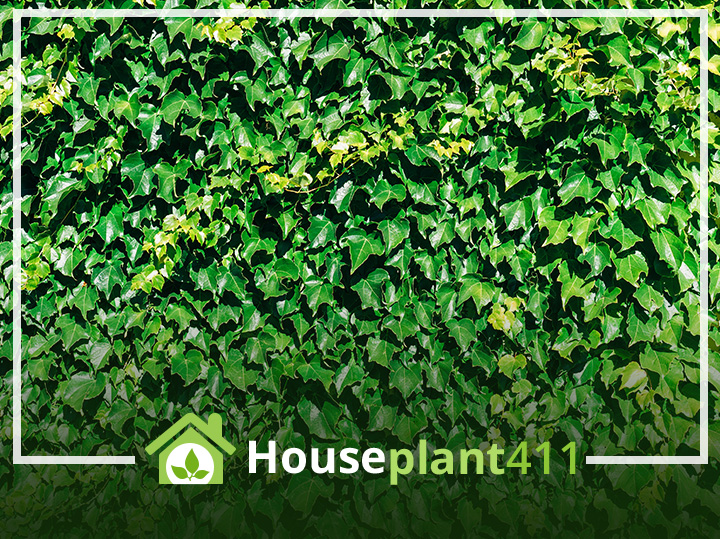The Swedish ivy plant, also known as the Plectranthus verticillatus, is one of the easiest plants to propagate and grow.
Its stunning droopy growth is bound to leave you mesmerized. The best part about its propagation is that it grows quickly, so you don’t have to wait too long to enjoy your new plants. This blog covers a detailed guide on how to propagate a Swedish ivy plant, so read on to find out!
A Detailed Guide on How to Propagate a Swedish Ivy Plant
The best way to propagate a Swedish ivy plant is through stem cuttings. You can purchase stem cuttings from an online marketplace or a local nursery if you don’t have a Swedish Ivy plant. Here is how to propagate a Swedish ivy plant using stem cuttings:
Unlike other plants, you can take Swedish ivy plant cutting at any time of the year (even in winter), and it will do great. However, the ideal time for stem cutting is when the plant is in its active growing season between spring and summer. Pick a vine that has recently grown and has younger, smaller leaves.
Use a clean, sharp, disinfected pair of pruning shears to remove the stems. Make a 45° angle cut above the leaf node.
Dip the ends of the stems in high-quality rooting hormone. Remove the lower foliage from the stem, leaving the remaining foliage intact. Rooting hormone provides the cuttings with Auxin, a hormone that occurs naturally in plants and is essential for the growth of roots. While this step is recommended, your stem is suitable for propagation even if you don’t apply a rooting hormone. The reason for this is that the Swedish ivy plant propagates easily.
Next, take transparent plastic cups and punch holes and their bottom for drainage. Alternatively, you can fill the cups with fresh water.
Then place the cuttings in water or the propagation medium. Ensure they are approximately submerged by 2 inches.
Place the container in a location that receives sufficient bright and filtered light. Avoid placing it in direct sunlight as it could burn the foliage.
If you are propagating the stem cuttings in water, remember to change the water every 2 to 3 days to promote root growth. Water the soil enough to maintain moisture and keep it from drying when using a potting mix. You should notice root growth after 2 to 3 weeks.
You can watch the new roots grow using a transparent cup filled with potting soil or water. If the stems are in potting soil, you must carefully tug on the plant’s base to see roots have developed. While tugging, if you feel resistance, it is an indication of root development.
Choose a container four to six inches wide with drainage holes and a dish under it for the stems with roots. Fill the container with fresh potting soil.
Next, make holes in the potting soil and carefully move the stems in the container, covering no more than 2 inches of the stem with the soil.
Reposition the container so that it will get up to six hours of sunlight daily. Your Swedish ivy will be ready for transplantation into a larger pot after about a year or when the roots emerge from drainage holes in the container.
Transplanting Your Swedish Ivy Plant
If you think the plant is ready to be transplanted into a bigger container, here is how to do it:
- Choose a pot that has a removable drainage dish and sufficient drainage holes. Remember that this houseplant can grow up to two feet tall and three feet broad, so a container that is at minimum ten to twelve inches wide and 8 inches deep is recommended. Nevertheless, you don’t want to put a little plant in a big pot with too much soil because that might harm the roots’ health.
- Providing your plant enough room to develop without going too much is crucial, though you can keep it smaller by trimming it. The colorful leaves of Swedish ivy can fall over the pot’s edges in a hanging basket, which enhances its beauty.
- Fill the container of your choice with new potting soil. We recommend using a mixture of perlite, peat moss, coconut coir, fertilizer, wetting agent, and sphagnum.
- To transplant a root ball, dig a hole in the ground that is both deep and broad enough to accommodate it.
- Carefully and gently remove the plant from its pot. Use a butter knife to break up the dirt around the pot’s edge if necessary. If the container is flexible, gently press to break up the root ball. Fill the hole with soil after inserting the root ball without covering the stem. Water thoroughly until you see the drainage dish beginning to fill with water.
- Before emptying the dish, let the plant rest for around 10 minutes.
Final Word
Using these propagation steps, you can start multiple new plants with some time and care to beautify your house or give them as presents.

